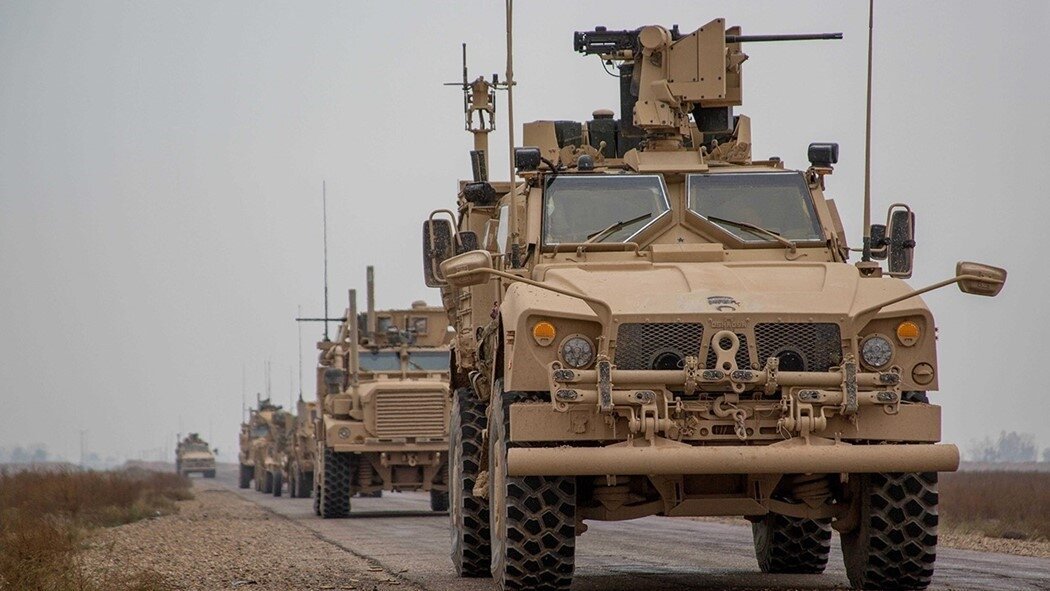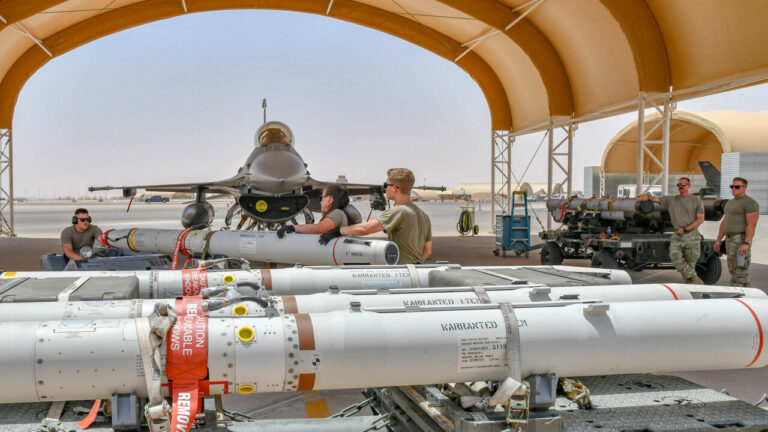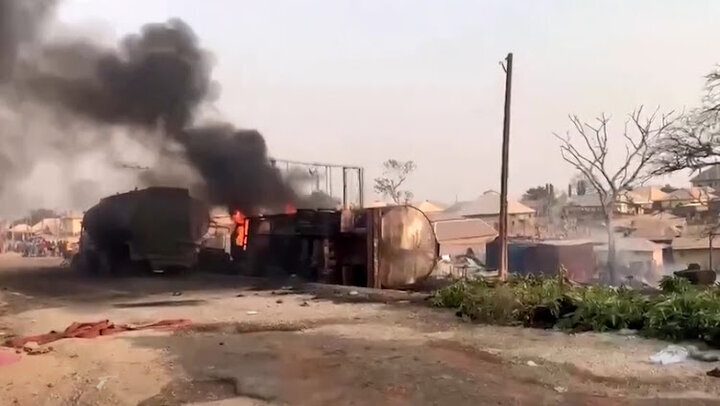US Set to Complete Troop Withdrawal from Syria: What This Means for the Region
The US Department of Defense is currently formulating strategies for the potential withdrawal of all American troops stationed in Syria. This significant development comes amid growing discussions among top officials, including President Donald Trump, regarding the future military presence in the region, as reported by NBC News.
According to information shared by two American defense officials, there has been a notable shift in focus towards planning a complete troop withdrawal. This decision is being driven by the administration’s desire to reassess its military involvement in Syria. The timeline for this withdrawal could vary, with options being considered for completion in 30, 60, or 90 days.
Background of US Troops in Syria
The presence of US troops in Syria has been a contentious issue, with various stakeholders voicing differing opinions on the matter. Here are some key points regarding the US military’s role in Syria:
- Counterterrorism Efforts: US forces have primarily been engaged in efforts to combat ISIS and provide support to local allied forces.
- Geopolitical Interests: The US presence in Syria is also tied to broader geopolitical strategies involving regional powers and stability.
- Humanitarian Assistance: Alongside military objectives, US troops have contributed to humanitarian missions aimed at alleviating the suffering of local populations affected by conflict.
The discussions around troop withdrawal come at a time when the situation in Syria remains complex and fluid. The potential consequences of a full withdrawal raise various questions regarding both regional stability and the ongoing fight against extremist groups.
Implications of Troop Withdrawal
Should the US proceed with the withdrawal of its troops from Syria, several implications could arise:
- Security Vacuum: A complete withdrawal might create a security vacuum that could be exploited by extremist groups or hostile entities.
- Impact on Allies: Local allied forces, who have relied on US support, may struggle to maintain their positions without American military backing.
- Regional Dynamics: The shift in US military presence could alter the balance of power in the region, prompting reactions from neighboring countries.
Military analysts are closely monitoring the developments, as the administration’s decisions could have lasting repercussions not only for Syria but for the broader Middle Eastern landscape. The Pentagon’s plans, while still in the formulation stage, underscore a critical moment in US foreign policy that could redefine its approach to military engagements worldwide.
Official Statements and Reactions
In light of these developments, reactions from various officials and analysts have been mixed. Some express support for the potential withdrawal, emphasizing a need to reevaluate the US military’s role abroad. Others, however, caution against a hasty exit, highlighting the risks associated with abandoning allies and destabilizing the region.
As the situation unfolds, the US Department of Defense is expected to provide further updates regarding the proposed withdrawal plans. The timeline and specific logistics will be crucial in determining how the withdrawal is executed and what measures will be taken to mitigate potential fallout.
Conclusion
The ongoing discussions about the withdrawal of US troops from Syria signal a pivotal moment in US military and foreign policy. As President Trump and his administration navigate this complex decision, the implications for regional stability, security, and US alliances will become increasingly important.
With the potential withdrawal still in its planning stages, stakeholders must remain vigilant, as the outcomes could affect not only Syria but also the broader Middle East and beyond.
As details continue to emerge, the international community will be watching closely to see how this decision unfolds and its impact on the ground in Syria.






